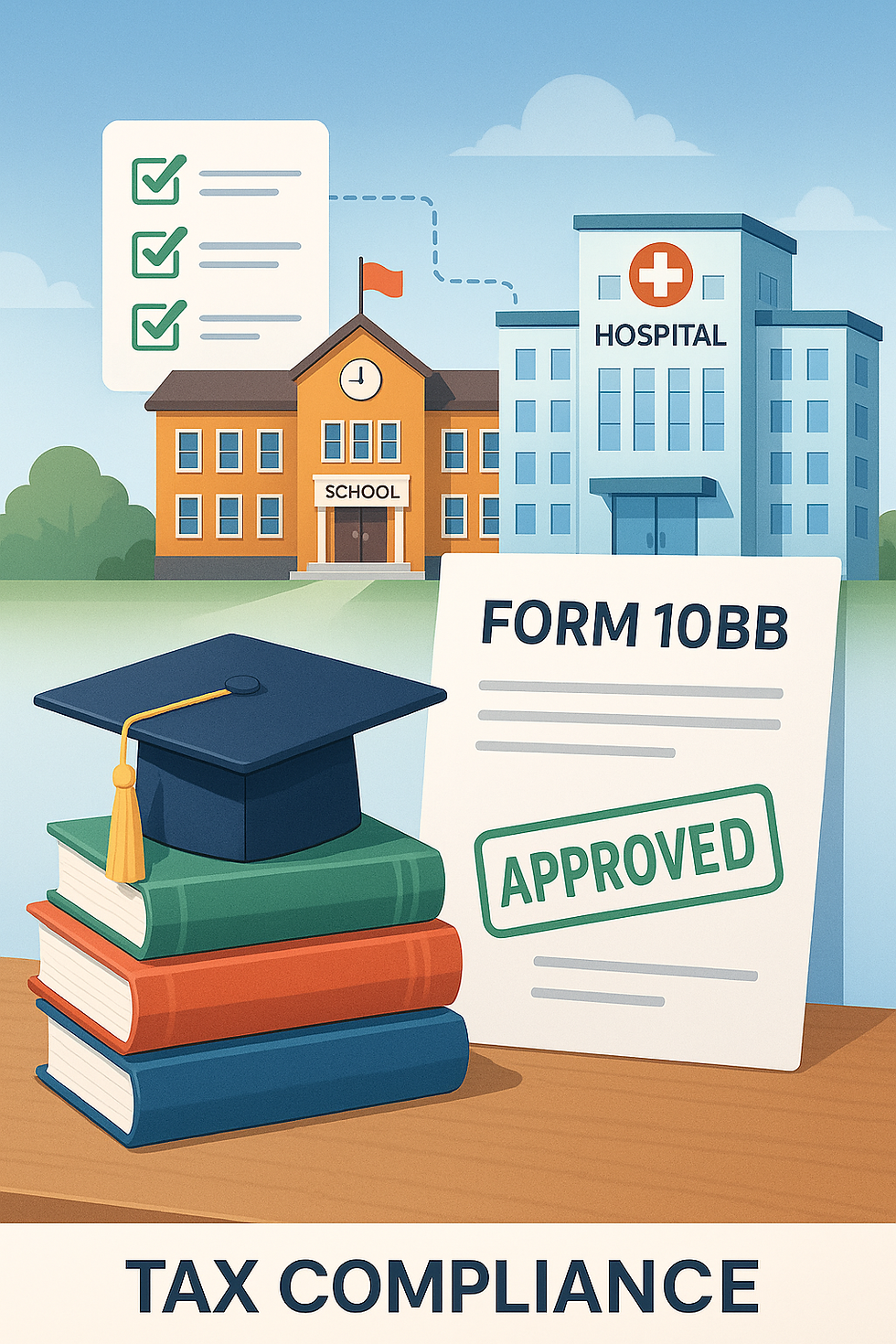🧾 Section 69C of Income Tax Act: Understanding Unexplained Expenditure through Key Case Laws
- Bhagya Lakshmi
- May 27
- 3 min read
Section 69C empowers tax authorities to deem unexplained expenditure as income if the assessee fails to offer a satisfactory explanation. This section is often invoked during scrutiny or reassessment, especially in bogus purchase cases. Let’s explore 5 real judicial decisions to understand how courts are interpreting this provision.
⚖️ Case 1: ACIT vs. Kantilal Exports
Court: Supreme Court
Citation: [2023]
Date of Judgment: 28 July 2023
Facts: During a search on a group concern, it was discovered that the assessee maintained parallel books of accounts outside the regular audited ones. A sum of ₹17.15 crore was found as unexplained expenditure.
Ruling: The Supreme Court upheld the addition under Section 69C, confirming that maintaining two sets of books is sufficient evidence of concealed income.
Key Principle: Unexplained entries in secondary books, when not rebutted, warrant full addition under Section 69C.
⚖️ Case 2: AAA Teleshopping Pvt. Ltd. vs. ACIT
Court: ITAT Delhi
Citation: [2022]
Date of Judgment: 19 September 2022
Facts: The company booked purchases from non-existent parties, i.e., shell entities that did not have any infrastructure, transport, or delivery evidence.
Ruling: ITAT held the purchases as bogus and confirmed the addition under Section 69C, as the assessee failed to prove that such expenditure was incurred genuinely.
Key Principle: Transactions with dummy vendors lacking substance lead to 69C additions even if entries exist in books.
⚖️ Case 3: PCIT vs. Pravin U. Parmar (Jain)
Court: Bombay High Court
Citation: [2021]
Date of Judgment: 12 August 2021
Facts: The assessee was alleged to have made purchases from suspicious vendors. However, the sales and stock records were intact, and the payments were made via banking channels.
Ruling: The High Court held that only the profit element embedded in the bogus purchases should be taxed (7%), not the entire purchase amount.
Key Principle: If sale cycle is traceable and payment is through bank, courts may limit 69C addition to estimated profit only.
⚖️ Case 4: PCIT vs. Shree Ganesh Developers
Court: Bombay High Court
Citation: [2023]
Date of Judgment: 14 March 2023
Facts: Large amounts were debited as purchases, but no invoices, transport details, or confirmations were produced by the assessee. Lower authorities disallowed only part of the claim.
Ruling: The High Court reversed this, directing full disallowance under Section 69C due to complete failure to prove the expenditure.
Key Principle: Where no evidence exists, partial relief is not justified — entire expenditure may be taxed.
⚖️ Case 5: ITO vs. Assessee (Name Withheld)
Court: ITAT Mumbai
Citation: [2022]
Date of Judgment: 22 June 2022
Facts: The AO disallowed an expenditure claim citing mismatch in GST portal records. The assessee submitted purchase bills, GST returns, payment proofs, and vendor confirmations.
Ruling: ITAT deleted the addition, noting that the preconditions for invoking Section 69C were not met—there was no unexplained element.
Key Principle: If documentary evidence is complete, 69C cannot be invoked on mere assumptions or portal mismatches.
✅ Practical Insights
Scenario | Addition under 69C? | Remarks |
No invoices + shell vendors | Yes | As seen in AAA Teleshopping |
Full records + bank payment | No | As in ITO vs Assessee |
Sales exist, but bogus vendors | Partial | Profit rate applied as in Pravin U. Parmar |
No stock or sales linkage | Full | As in Shree Ganesh Developers |
📢 Final Word
In the evolving jurisprudence around Section 69C, one thing is clear: documentation is your best defence. Courts are willing to protect genuine taxpayers but equally ready to penalize those who camouflage bogus purchases or unexplained expenses under legitimate heads.
If you’re involved in assessments or preparing your accounts, remember: transparency and traceability win the day.




Comments